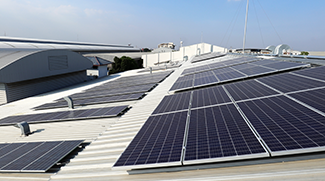In years to come, solar power is set to become responsible for more of Australia’s energy than ever before. With a suitable climate and latitude that sees it sit in the top 10 countries for solar power capacity, Australia will soon be looking to fulfil this potential.
Last month, the Australian Renewable Energy Agency (ARENA) announced that Australia would have 12 new solar power plants by the end of 2017. Located in Queensland, New South Wales and Western Australia, these plants will have the potential to provide energy for over 150,000 homes.
As well as the boost to renewable energy, these 12 plants will also provide a lift in the economy, with hundreds of jobs being created in Queensland alone. The largest of these plants will be situated in Darling Downs, two hours’ south-west of Brisbane.
Australia is not alone in its shift toward solar energy, with most of the globe taking the necessary steps toward what is now seen as the most efficient form of renewable energy.
Once installed, solar panels require minimal maintenance and produce zero harmful emissions. These benefits, along with the fact that we will never run out of it, means that many of the world’s largest countries - in particular China and Germany - are leading the way in this field.
As Australia prepares to embrace solar energy and all that it brings, it is vital that residents understand exactly what it is and how solar PV (photovoltaic) systems work. The Australian leader in renewable energy is Global Sustainable Energy Solutions (GSES) who are able to provide the Australian public with updates as to the latest developments in solar energy.
Engineering Education Australia have teamed up with GSES to provide an online course that covers the fundamentals of solar energy through theory and quizzes. The course is presented in topics, starting with how solar systems work, progressing onto the design, costs and installation of a solar system, and finally discussing post-installation safety, operation and maintenance.
Click here to find out more.
